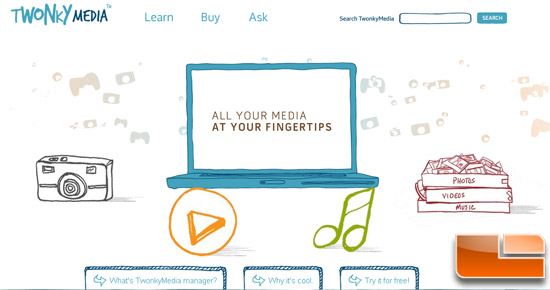

Different DLNA clients present the data provided by these views in different ways. Twonky provides a number of different views, based on different metadata tags, and the physical filenames (‘By Folder’). Will add a leading-zero, two-digit track number prefix to all filenames, and will create appropriate folders if necessary. You give the auto-organise tool a string to define the structure you want, and it will go off an process all the tracks you have selected, e.g. I’d recommend you to prefix tracks with a leading-zero track number you can always remove this from the track name metadata (again, using the powerful input filename parsing of MediaMonkey). Provided your metadata is correct, you can get it to re-organise your music into sensible folder structure, and prefix each track with a track number. I’d take the last option MediaMonkey has a very useful ‘Auto-Organise’ function, that will move files using the metadata. Iii) get MediaMonkey to rename the files. I) muck about with the ‘views’ Twonky provides (see the fourth post in this thread) I just want mycloud’s default dlna twonky server to at least recognize the dsd files so that my blu-ray player might pay them via dlna instead of direct smb. I don’t need transcoding as my oppo player reads the dsd files just fine. So you’re saying that the version of twonky on the mycloud should be able to support dsd files? But for some reason it does not. share/MD0_DATA/.qpkg/TwonkyMedia/resourcesįeel free to report the results of any experiments you do. I’m guessing the directory mentioned in a couple of the links: How can I get Twonky to provide full size artwork to media-playing clients? I had posted some comments on customising the Receiver Type, but never tried it myself: I’d never found the Twonky release notes before… My devices run v7.2.9, so they may support DSD. Iii) Twonky apparently added DSD support in v7.2.7. Ii) the ‘Media Receiver Type’ value has an associated setting file that may be modified. I) Twonky supports transcoding (at least on QNAP devices) There are three points of interest that I found reported: So I had a bit of a Google, and found some interesting stuff that I might investigate a bit further. Serviio 1.6.I’ve never really played with the media types, because I’ve never had an issue with any of my DLNA clients all the media formats I use seem to be supported.

Serviio 1.10.1 for QNAP Intel 32bit, Intel 64bit, ARM x19, ARM x31, ARM x41+ If you require the latest 1.x release, here are the details.

If you have problems with the latest release, have a look at Getting started guide or let us know in the Support forum. Only 64-bit OSX machines are supported, with OSX 10.8 minimum.Linux users need to install the dcraw package if they need RAW image support.libRTMP, libASS, libx264 and libmp3lame) for their OS distributions or, ideally, compile FFmpeg using the source files provided above Linux users need to install the FFmpeg package (incl.Windows and OSX come with Java runtime aready included in the installation. if on Linux, Java 8 must be installed.150 MB of disk space (plus additional space for storing the media library), when using transcoding make sure there is at least 1GB free (depending on the original file size).Refer to README.txt for the complete list. This release includes FFmpeg (post) 3.2.4 compiled using this source code, libRTMP 2.4+ compiled using this source code, Lame MP3 Encoder (v. For commercial licence details look at the Contact page. Serviio 2.2.1 for QNAP Intel 32bit, Intel 64bit, ARM x19, ARM x31, ARM x41+, ARM 64bitĪre you upgrading and wish to keep your media library? Check out how to do it.īy downloading this software you agree to the terms of the End User Licence Agreement. You can still keep using the latest 1.x release in case you don't want to upgrade. If you previously purchased a Pro license for version 1.x, it will no longer be valid after you upgrade to 2.x. You will get a 15 day evaluation of the Pro edition, after which Serviio automatically reverts to the Free edition. The latest released version is 2.2.1 Pro.


 0 kommentar(er)
0 kommentar(er)
